Sometimes, all you need is a little space to make room for a lot more in life.
Have you ever looked around your home and thought, “Where did all this stuff come from?” You’re not alone.
According to the Self-Storage Association, nearly 1 in 10 households in the U.S. rent a storage unit, and one of the most popular options is the 10x15 storage unit.
It’s compact, affordable, and surprisingly versatile — but just how big is it, and what can it really hold?
Imagine a space about the size of a large spare bedroom or small garage; that’s roughly 150 square feet of floor space. However, with nearly 1,200 cubic feet of usable space, a well-packed 10x15 storage unit can store more than you might expect.
If you're wondering what fits in a 10x15 storage unit or if it’s even worth it, you’re in the right place. In this guide, let’s break down everything you need to know about a 10x15 storage unit.
Understanding the Size of a 10x15 Storage Unit
If you've never used self-storage before, a 10x15 storage unit might sound small, but it can actually store quite a bit.
Exact Dimensions and Volume
A standard 10x15 storage unit is:
- 10 feet wide
- 15 feet deep
- Usually around 8 feet tall
This gives you a total of:
- 150 square feet of floor space
- 1,200 cubic feet of storage volume
That’s enough space to hold the contents of a two-bedroom apartment or a small home office setup.
What Does That Size Look Like in Real Life?
To help you visualize it, a 10x15 storage unit is similar in size to:
- A large spare bedroom
- A small one-car garage
-
A small moving truck (like a 20-foot truck)
- An average office or den
If you're storing boxes or bins, you could easily fit:
- Around 290–325 medium-sized boxes
- A queen-size mattress, a sofa, and a dining table stacked on top
- Seasonal gear like skis, holiday decorations, or camping supplies
Layouts May Vary Slightly
Not every 10x15 storage unit is built the same. Depending on the facility, you might find:
- Taller ceilings (some go up to 8 ft or higher)
- Wider units for easier access
- Indoor vs. drive-up access points
All of these can affect how much and what you can store. That’s why it’s helpful to check the unit type and layout when reserving.

Not sure if a 10x15 unit is the right size for you? Check out our complete Storage Unit Size Guide to compare all unit sizes and find the perfect fit for your needs.
Types of 10x15 Storage Units
While every 10x15 storage unit offers the same amount of floor space, the type of unit you choose can impact how you use it. Most self-storage facilities offer a few different types to match various needs, whether you’re storing personal items, business supplies, or seasonal gear.
Let’s take a look at the most common types of 10x15 storage units.
Indoor 10x15 Storage Units
Indoor units are located inside the storage building and are typically accessed via secure, climate-controlled hallways. This setup provides added protection from the weather, pests, and dust.
Benefits of indoor units:
- Often climate-controlled
- Protected from outdoor elements
- Well-lit, clean, and secure
-
Ideal for storing electronics, documents, clothes, or collectibles
Outdoor 10x15 Storage Units
Outdoor units are accessible from the outside of the building, often with drive-up access similar to a small garage. These are great if you want quick and easy loading or unloading.
Best for storing:
- Heavy items like small furniture or bins
- Items you access frequently
Outdoor 10x15 storage units are typically not climate-controlled, so they're better suited for belongings that are not temperature-sensitive.
Climate-Controlled 10x15 Storage Units
Climate-controlled storage keeps your items in a stable temperature and humidity range, which helps protect them from damage due to heat, cold, or moisture. These units are especially useful for delicate or valuable items.
Perfect for storing:
- Wooden or leather furniture
- Photos, books, or documents
- Electronics or musical instruments
Climate-controlled 10x15 storage units are typically indoor units, but some facilities may also offer outdoor versions with temperature control.
What Can You Fit in a 10x15 Storage Unit?
If you're looking at a 10x15 storage unit and wondering if it’s big enough for your stuff. At first glance, 150 square feet might not sound like much. But when used wisely, this space can hold a surprising amount of belongings.
Let’s break it down so you know exactly what fits in a 10x15 storage unit.
Common Household Items That Fit
It’s a great option for storing personal or household items you don’t need daily access to.
Here’s what can typically fit inside:
- Multiple bedroom sets (mattress, bed frames, nightstands, dressers)
- A full living room setup (couch, coffee table, TV stand, chairs)
- Dining room furniture (table with 4–6 chairs)
-
Appliances (washer, dryer, refrigerator)
- Dozens of medium to large boxes
- Bicycles or exercise equipment
- Bookshelves, lamps, side tables
- Area rugs, artwork, and wall décor
- Storage bins with clothing, toys, or linens
Business or Office Items
A 10x15 self-storage unit is also a popular choice for small businesses or remote workers who need extra space for:
- Office furniture (desks, chairs, filing cabinets)
- Inventory or stock for online shops
- Trade show materials or marketing displays
- Archived documents and storage boxes
- Equipment or tools for service-based businesses
- Seasonal retail overflow or promotional items
Seasonal or Specialty Storage
Need to swap out items throughout the year? A 10x15 storage unit is the perfect solution for:
- Holiday decorations and lights
- Lawn equipment and gardening tools
- Patio furniture during the winter months
- Camping or hiking gear
- Sports equipment like skis, snowboards, or bikes
- Off-season clothing and shoes
- Luggage and travel accessories
Recommended Uses for a 10x15 Storage Unit
A 10x15 storage unit is incredibly versatile when used for the right purpose. Whether you're a student, a business owner, or someone just looking to reclaim a bit of space at home, this unit can help in more ways than you might expect.
Let's examine who benefits most from a unit of this size.
Who It’s Best For
- Homeowners during renovations: If you're remodeling a kitchen, bathroom, or multiple rooms, a 10x15 unit gives you the space to temporarily store furniture and appliances.
-
Families between moves: Whether you're upsizing, downsizing, or relocating, this size can comfortably hold the contents of a two- to three-bedroom home.
- Small business owners: Ideal for storing office furniture, surplus inventory, or equipment that doesn’t need daily access but still needs to be kept secure.
- College students or recent grads: It is great for storing apartment furnishings, textbooks, and seasonal items between semesters or during job transitions.
- Military personnel: If you're being deployed or reassigned, this unit size is perfect for safely holding your personal belongings until your return.
Situations When This Size Is Ideal
- Moving or relocating: When your move-in and move-out dates don’t line up, this unit can bridge the gap without the stress of rushing your move.
- Downsizing your home: If you’re moving to a smaller place but aren’t ready to part with your belongings, this unit gives you time and flexibility.
- Staging a home for sale: Clear out personal items, furniture, and décor to help buyers see the space more clearly.
- Running a home-based business: Free up your workspace by storing products, supplies, marketing materials, or trade show displays off-site.
- Seasonal or hobby storage: Whether it's outdoor furniture, sports gear, or craft supplies, this unit helps you keep your home clutter-free all year round.
Special Features & Add-Ons to Look For
Not all 10x15 storage units are built the same. Beyond just square footage, the real value often comes from features and extras that make your storage experience more secure and more convenient.
Here are some of the most useful features to look for when choosing a 10x15 storage unit.
Climate Control
A climate-controlled 10x15 storage unit helps protect your items from extreme temperatures and moisture. If you're storing anything sensitive to heat, cold, or humidity — like electronics, books, wooden furniture, or clothing — this is a must-have.
Secure Access & Facility Features
Security matters — even for a small unit. Look for storage facilities that offer:
- 24/7 surveillance cameras
- Gated access with keypads or app-based entry
- Individual unit alarms (at some locations)
- Well-lit hallways and exteriors
These features give you peace of mind that your belongings are safe, even if you're not checking in frequently.
Convenient Loading & Unloading
Storage shouldn’t be a hassle. A few small perks can go a long way:
- Carts and dollies available onsite
- Elevator access for multi-story indoor facilities
- Drive-up access for outdoor 10x15 units
- Wide hallways and loading bays for easier movement
Especially if you’re moving heavy boxes or furniture into your 10x15 storage unit, these extras can save time and your back.
Digital Tools & Support
Modern storage facilities often come with digital conveniences that make managing your unit even easier:
- Online rentals and payments
- Mobile app for gate access
- Auto-billing and reminders
- Virtual unit tours or size guides
If you're comparing facilities, don’t just look at price — check what kind of support and tech they offer, too.
Cost of a 10x15 Storage Unit
The real cost of renting a 10x15 storage unit is more than just looking at the monthly rate. Let’s break down everything so you're fully informed.
Monthly Rental Costs
Based on research across multiple sources:
- Standard (non-climate-controlled) 10x15 units typically range from $120 to $180 per month
- Climate-controlled 10x15 units usually cost between $150 and $250 per month
- The national average non-climate-controlled rate for a 10x15 unit is about $150/month, while climate-controlled rates run around $195/month.
Monthly Cost Table (10x15 Unit)
| Unit Type | Average Monthly Cost |
|---|---|
| Standard (non-climate) | $120 – $180 |
| Climate-Controlled | $150 – $250 |
| National Average (non-CC) | ~ $150 |
| National Average (climate CC) | ~ $195 |
Additional Fees to Budget For
- Administrative/Move-In Fee: Many facilities charge a one-time move-in fee, typically $15–$40, and some include the first month's rent in this fee.
- Insurance Cost: Optional storage insurance generally ranges from $12 to $25 per month, depending on your selected coverage level and provider.
- Taxes & Sales Tax: Depending on your location, local or state taxes may apply. Be sure to check for local tax rates when budgeting.
- Discounts & Promotions: Many storage providers offer promotional deals like $1 for the first month, free second month, or discounts on long-term leases.
Cost Variation by Region & Facility
-
In major metro areas like Los Angeles, New York City, or San Francisco, monthly rates for a 10x15 unit can climb as high as $220–$300, especially for climate-controlled spaces.
- In smaller cities or rural areas, rates can dip to $100–$135/month for non-climate-controlled units.
- For example, in Tulsa, OK, current averages are around $120/month for standard units and $165/month for climate-controlled ones.

Want to explore storage prices in more detail? Check out our full guide on how much a self-storage unit really costs and ways to save.
Tips to Maximize Space in a 10x15 Unit
A 10x15 storage unit offers plenty of room, but smart organization can make the difference between clutter and easy access.
Here are some practical tips to help you make the most of every inch:
Use Uniform Boxes
Stick to boxes of the same size wherever possible. This makes stacking easier and safer, while also maximizing vertical space.
Label Everything Clearly
Mark all sides of your boxes with a list of contents. This will save time and frustration when you need to retrieve specific items later.
Disassemble Large Furniture
Take apart bed frames, tables, or shelving units before storing. Not only does this save space, but it also reduces the risk of damage.
Store Vertically
Take full advantage of the unit’s height (usually about 8 feet) by stacking boxes and furniture carefully. Use shelving units or pallets to keep items off the floor.
Create Aisles for Access
Leave a narrow walkway down the center or side of the unit so you can reach items at the back without having to unload everything.
Store Frequently Used Items Near the Front
If you’ll need to access certain items (like seasonal gear or tools), place them near the entrance of your unit for quick retrieval.
Use Furniture as Storage
Drawers, wardrobes, and even refrigerators can be filled with smaller items or boxed-up belongings. Just make sure to label them and leave doors ajar to prevent mildew.

According to Public Storage’s size guide, a 10 × 15 storage unit provides 150 square feet of floor space—typically with 8-foot ceilings yielding approximately 1,200 cubic feet of storage volume—comparable to two-thirds of a standard one-car garage, and capable of accommodating the contents of a two-bedroom apartment.











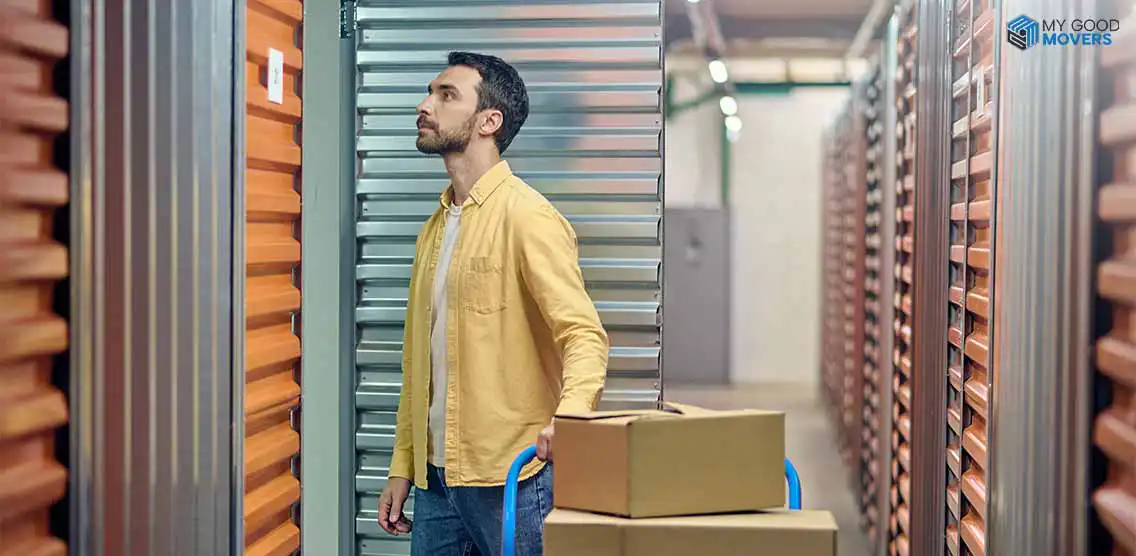
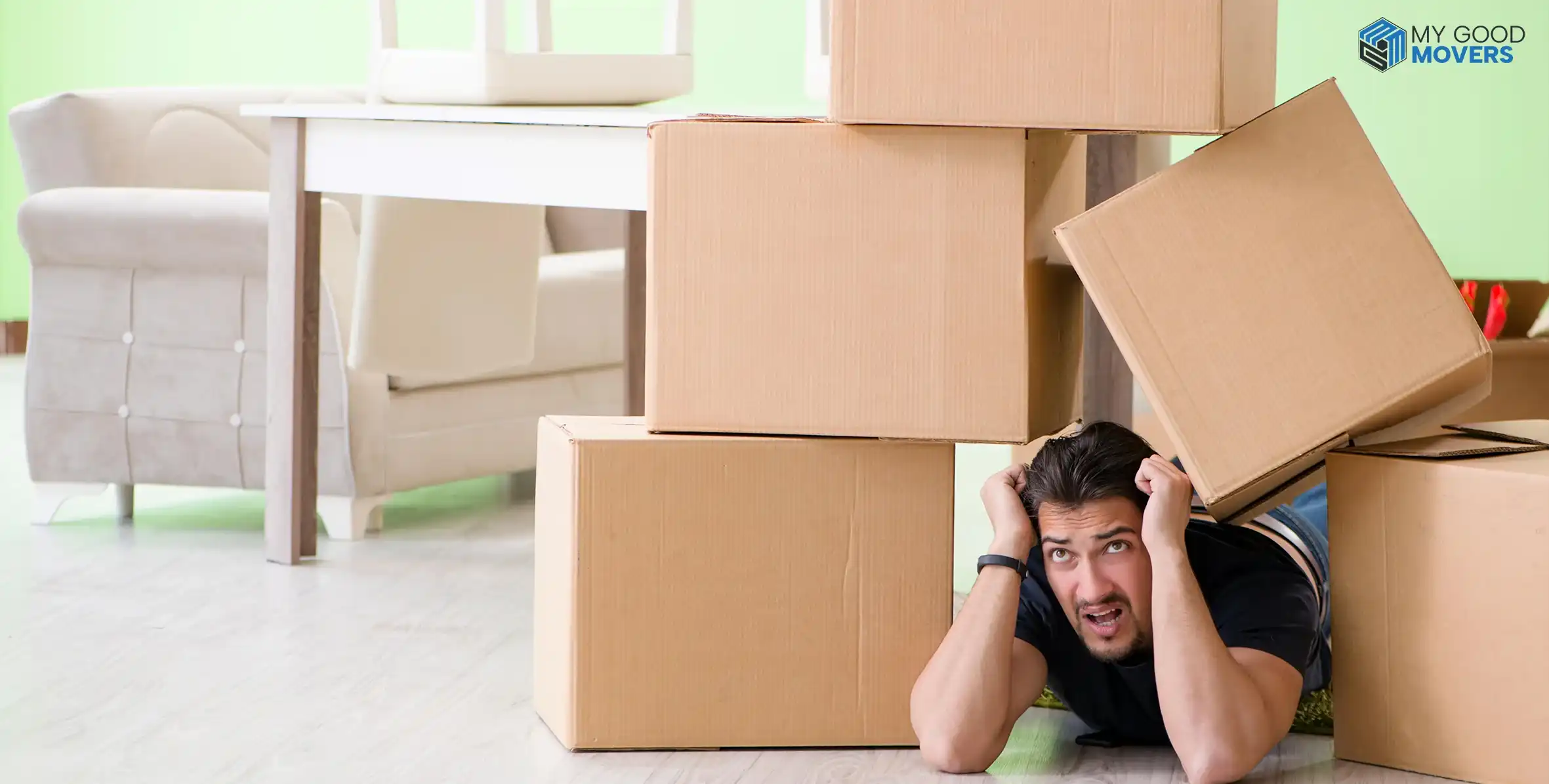

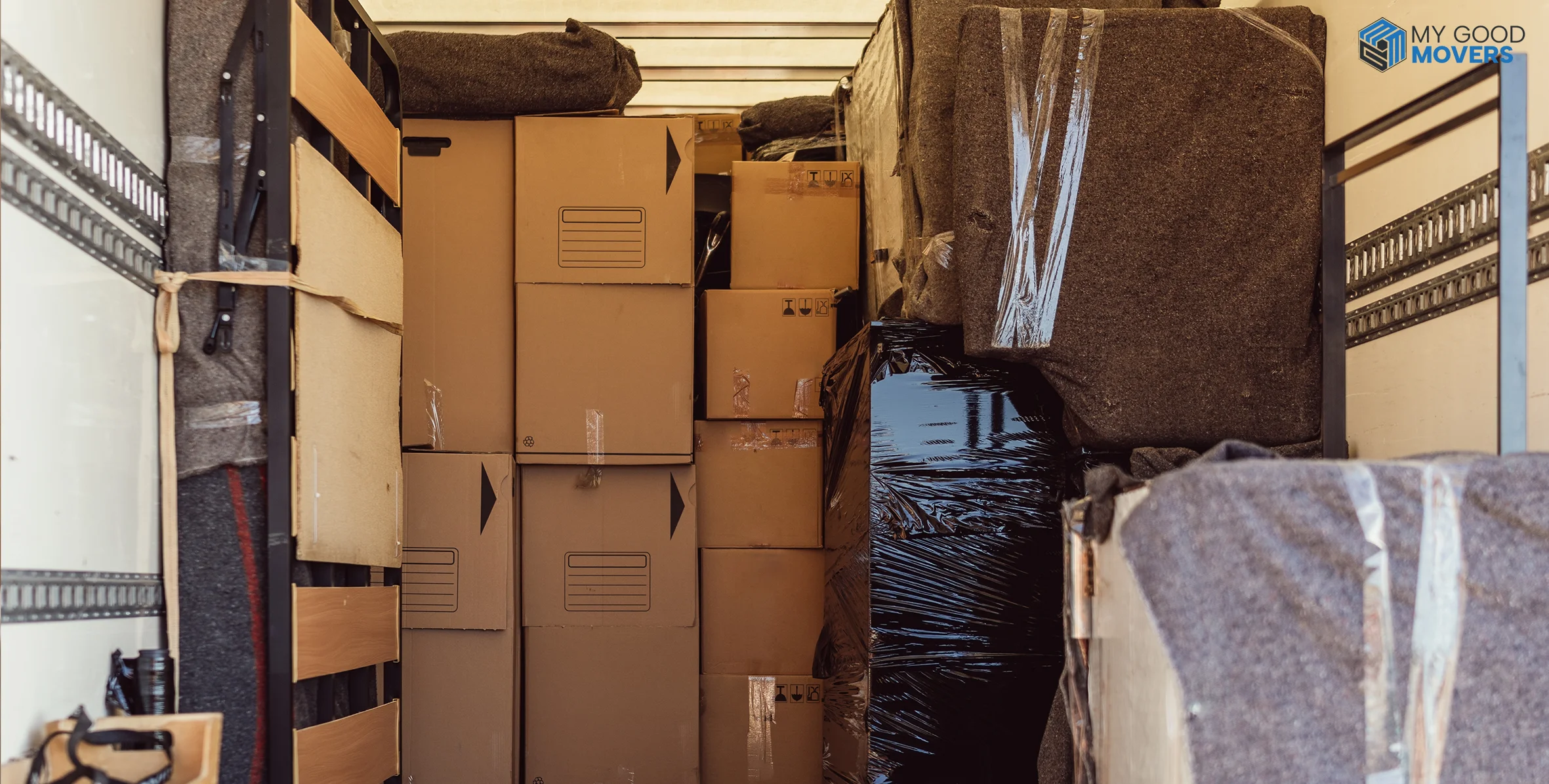
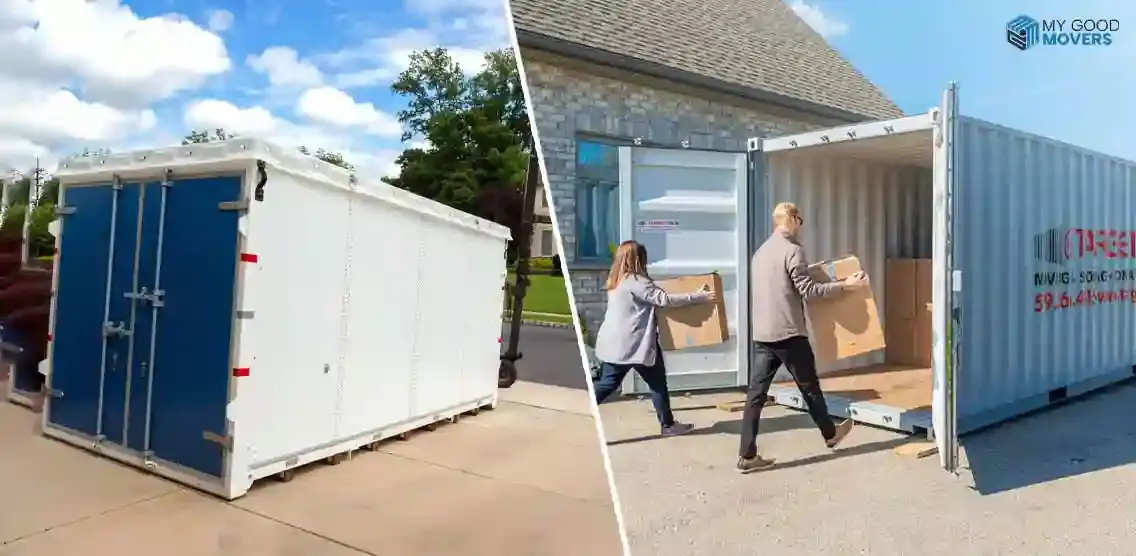
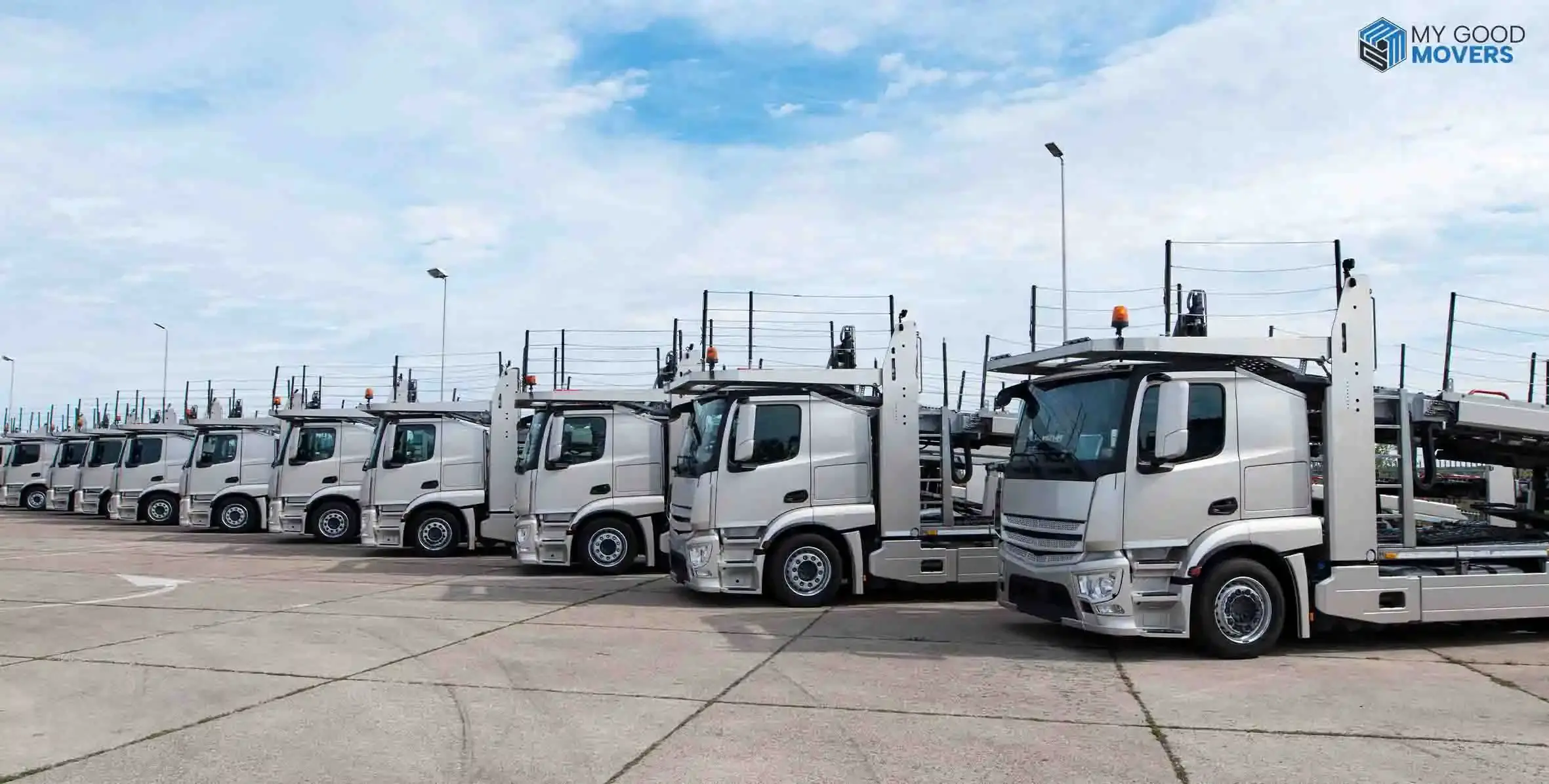


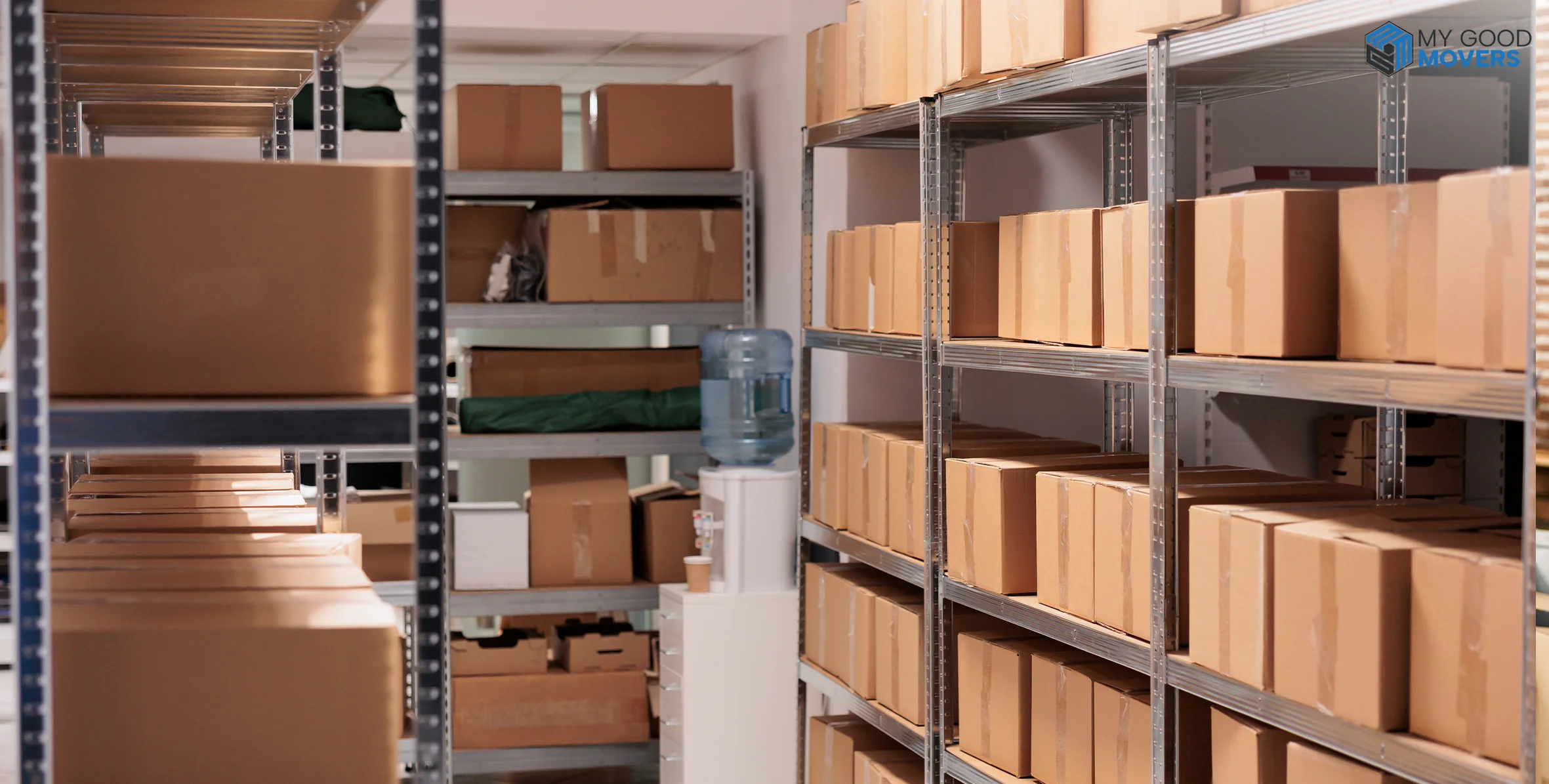



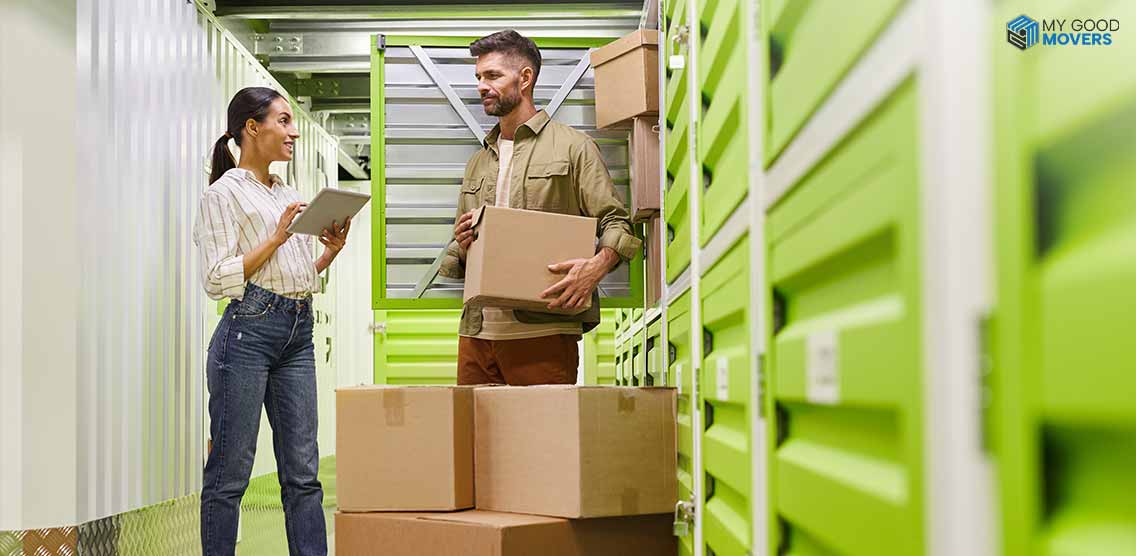
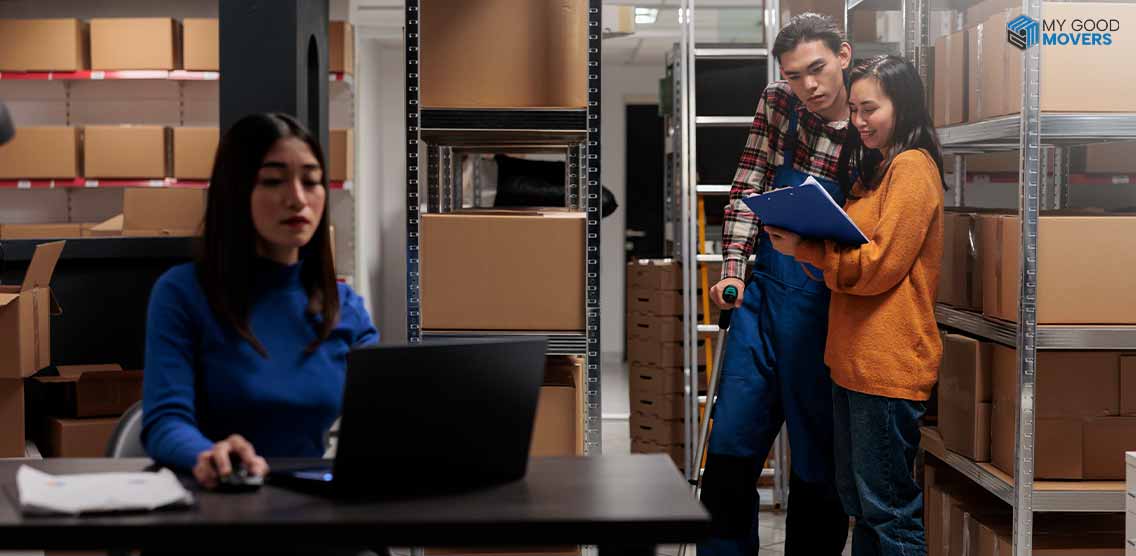
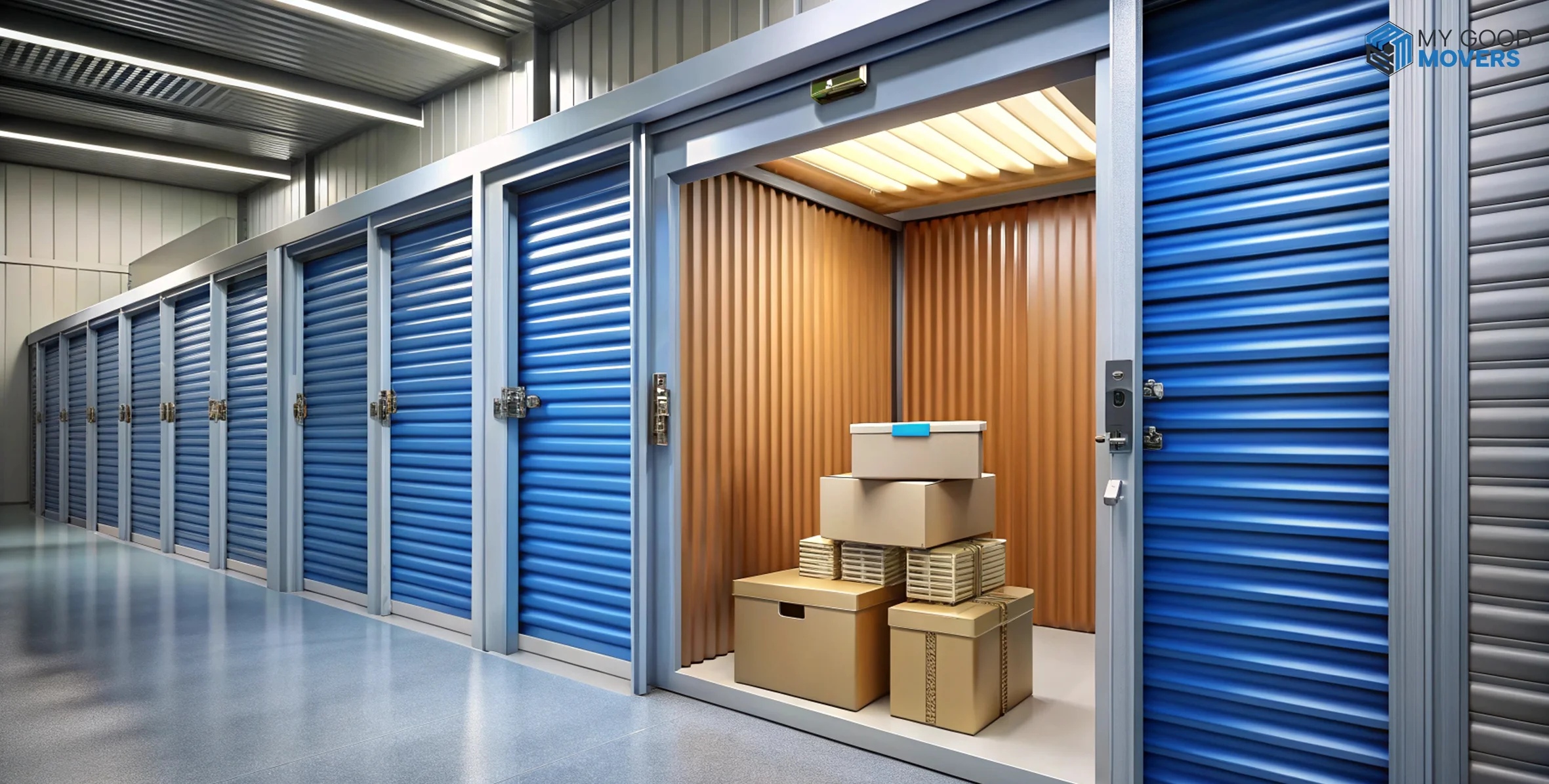
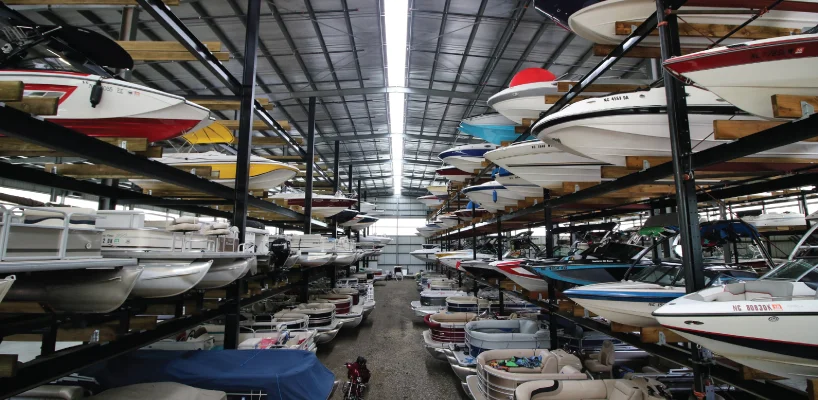

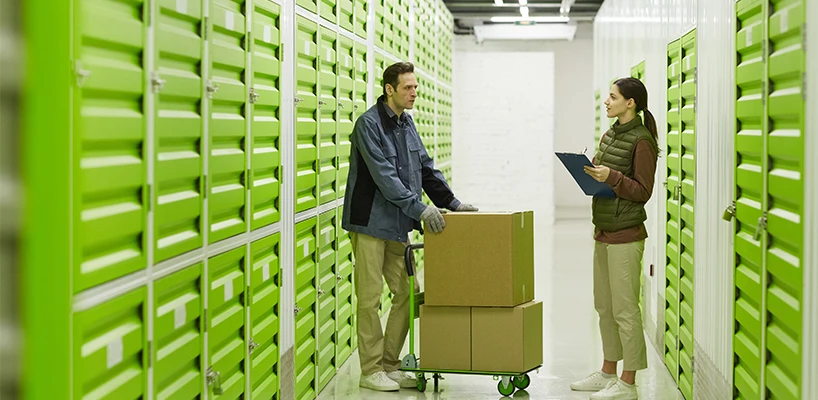
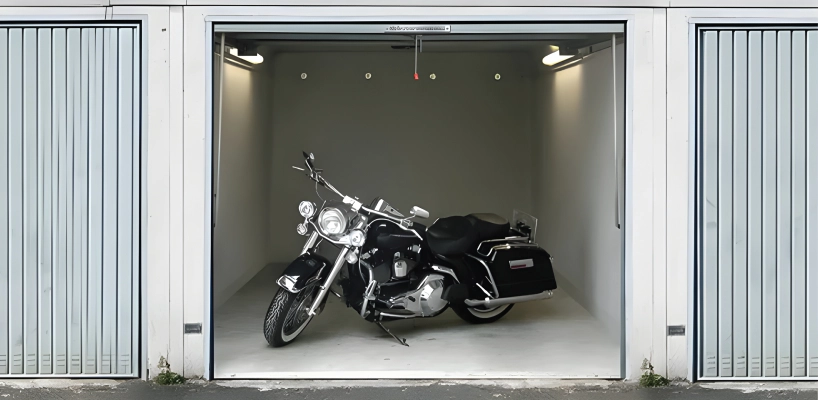

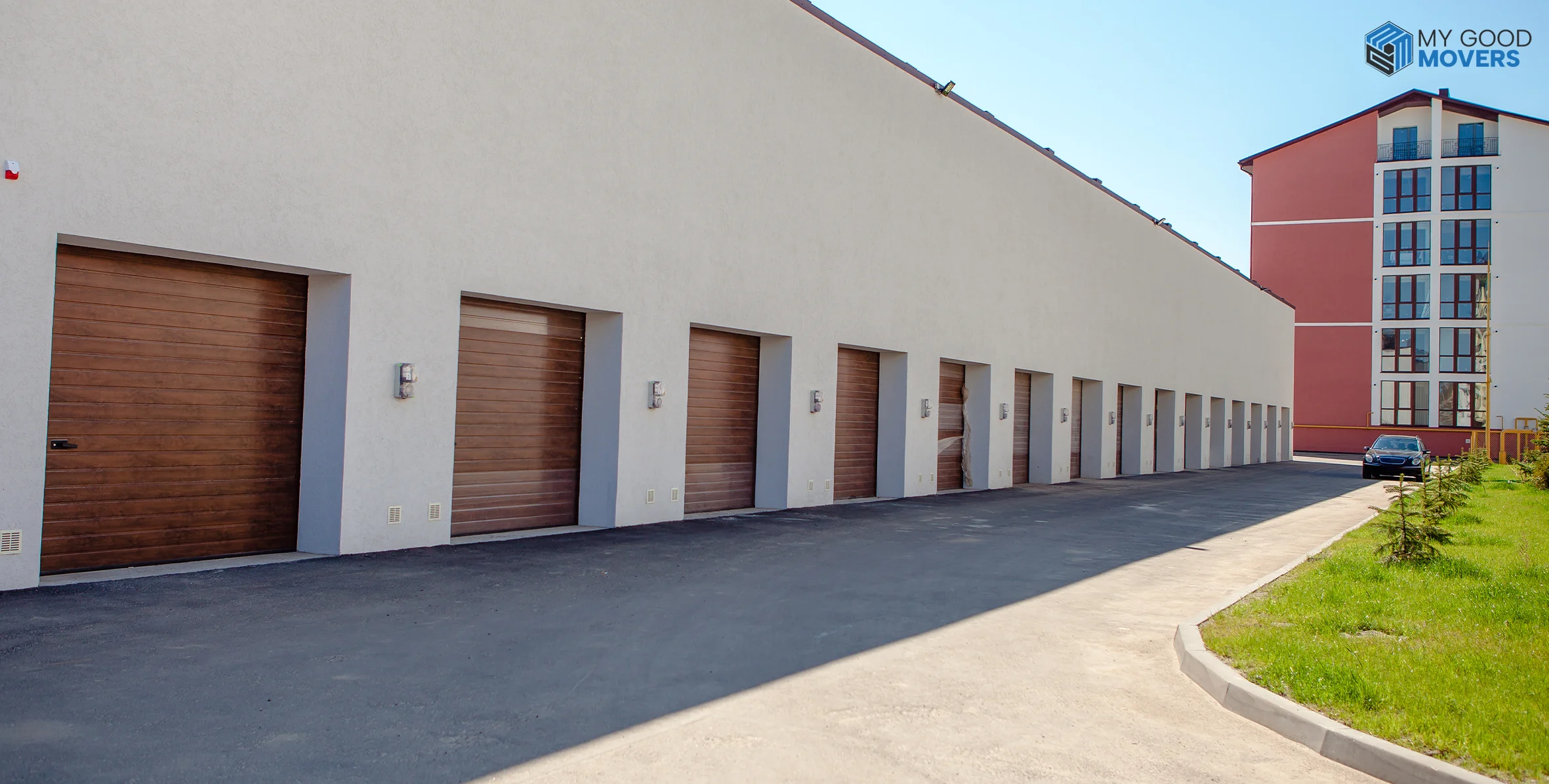
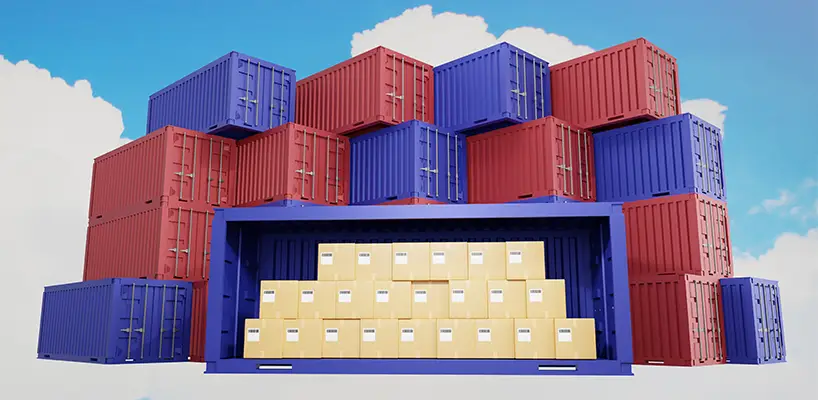

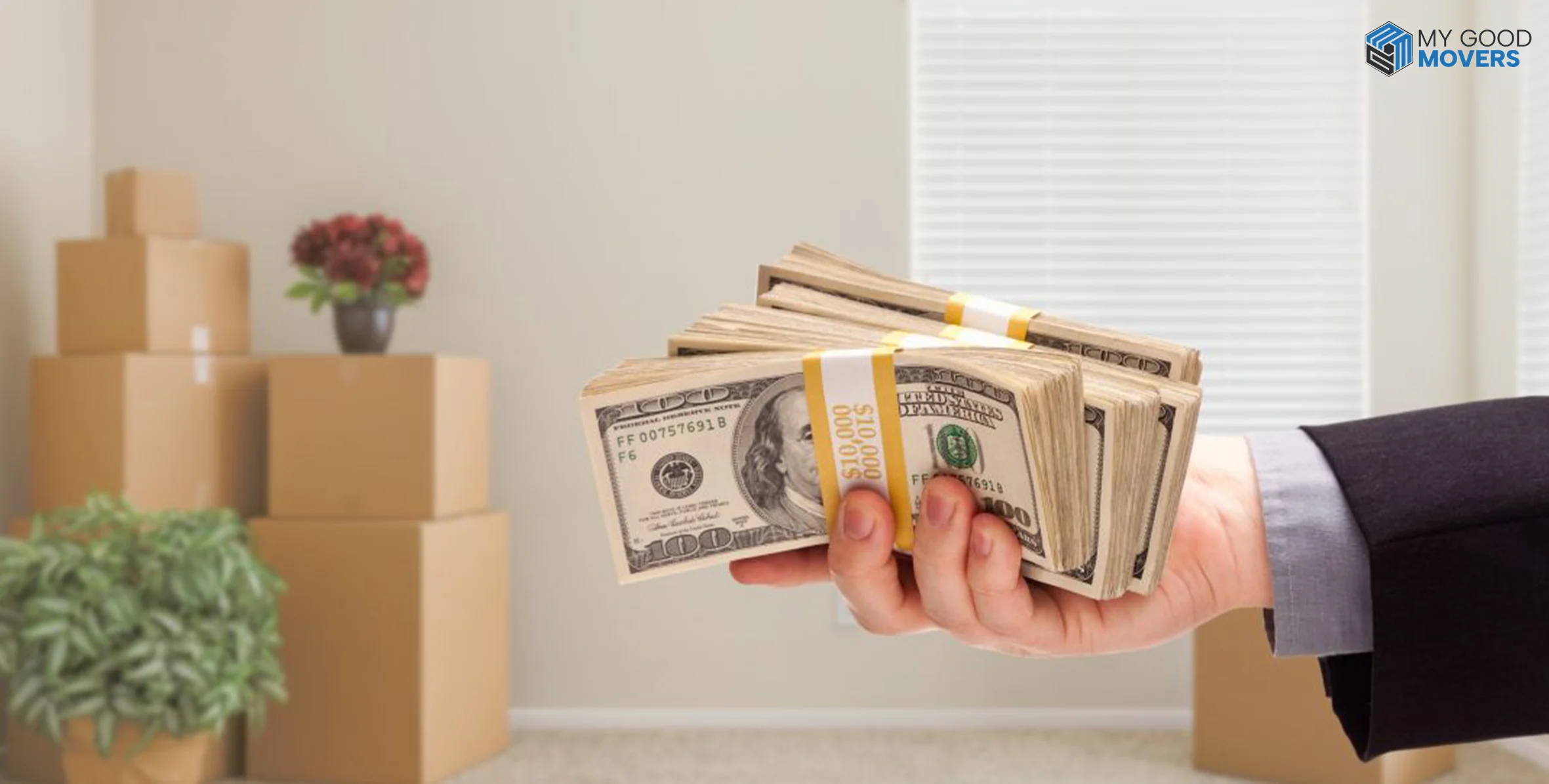
 (239) 799–6077
(239) 799–6077